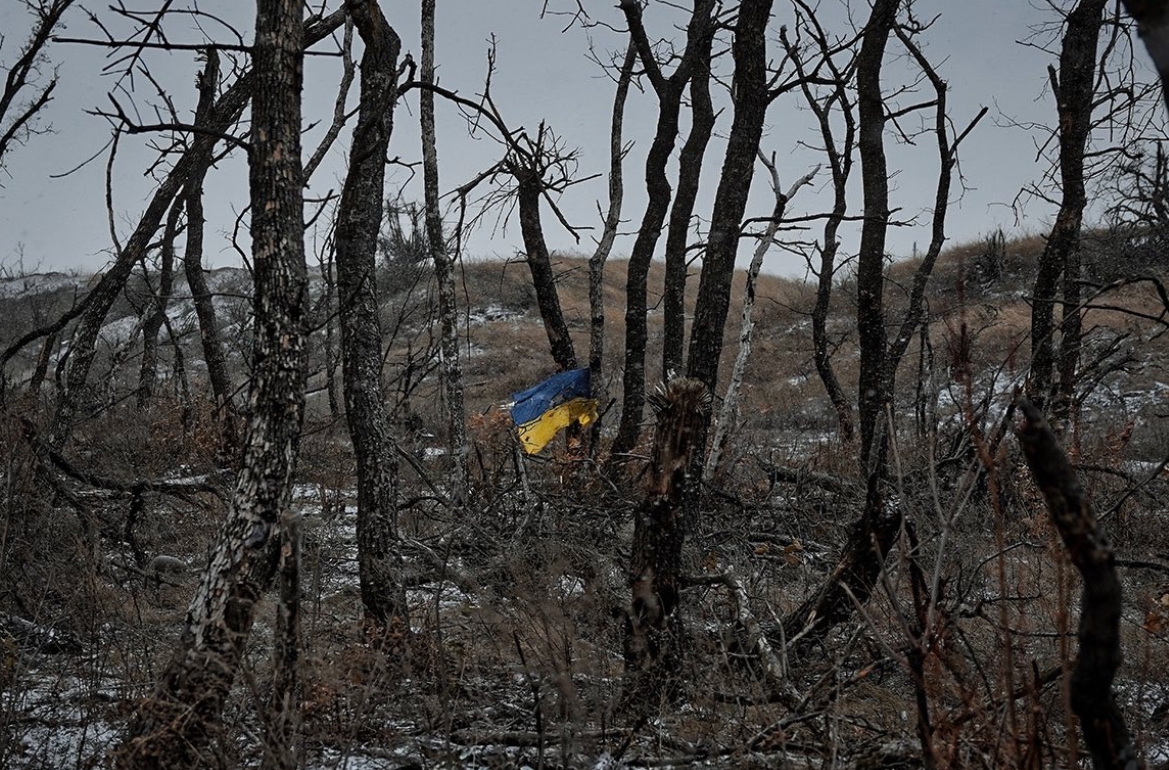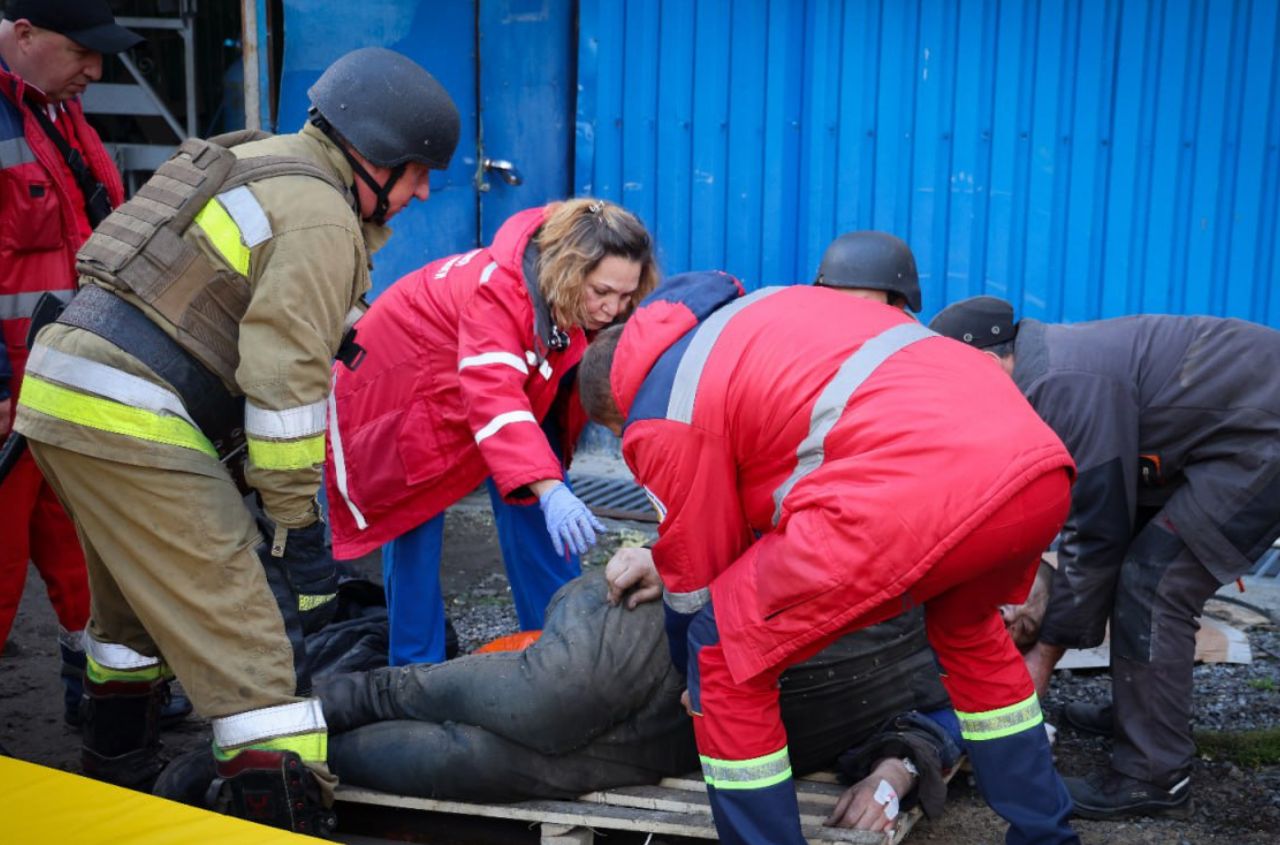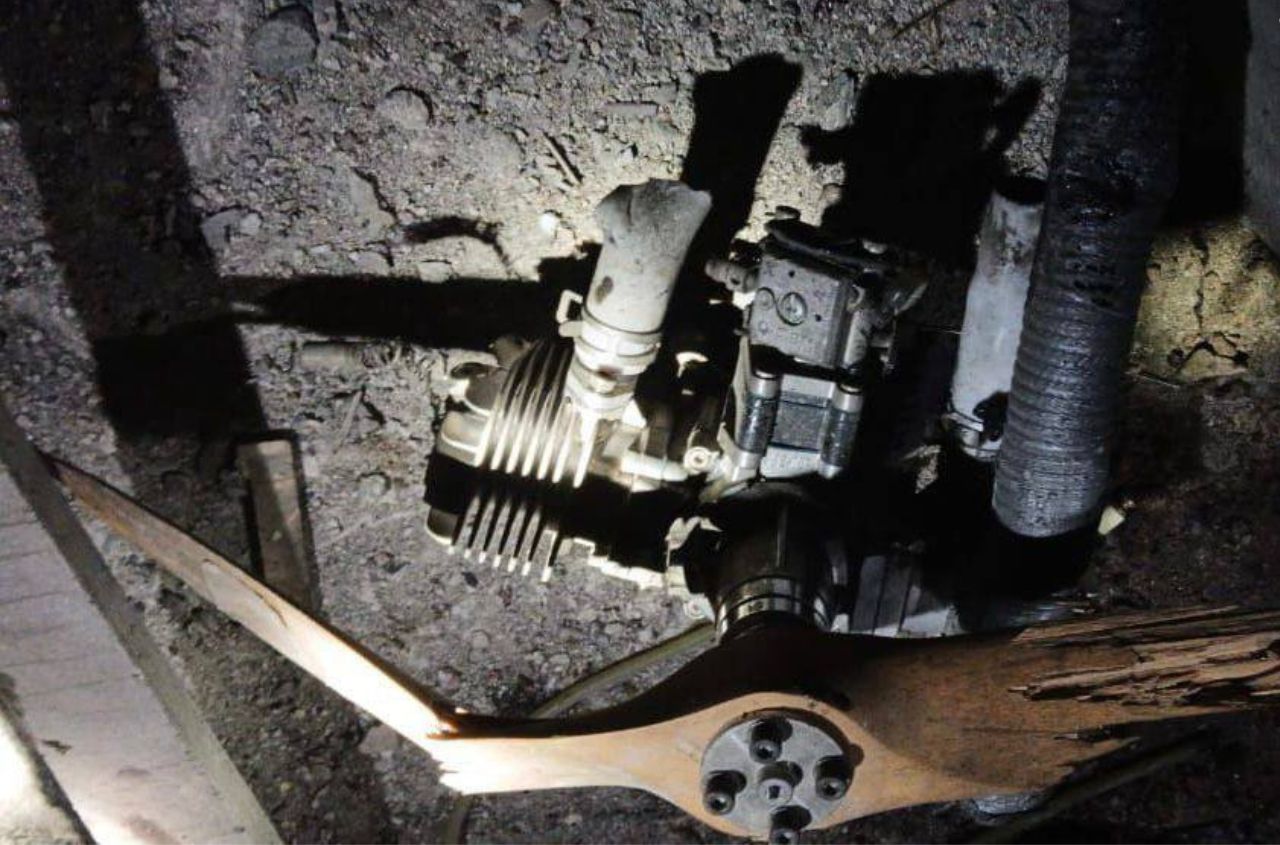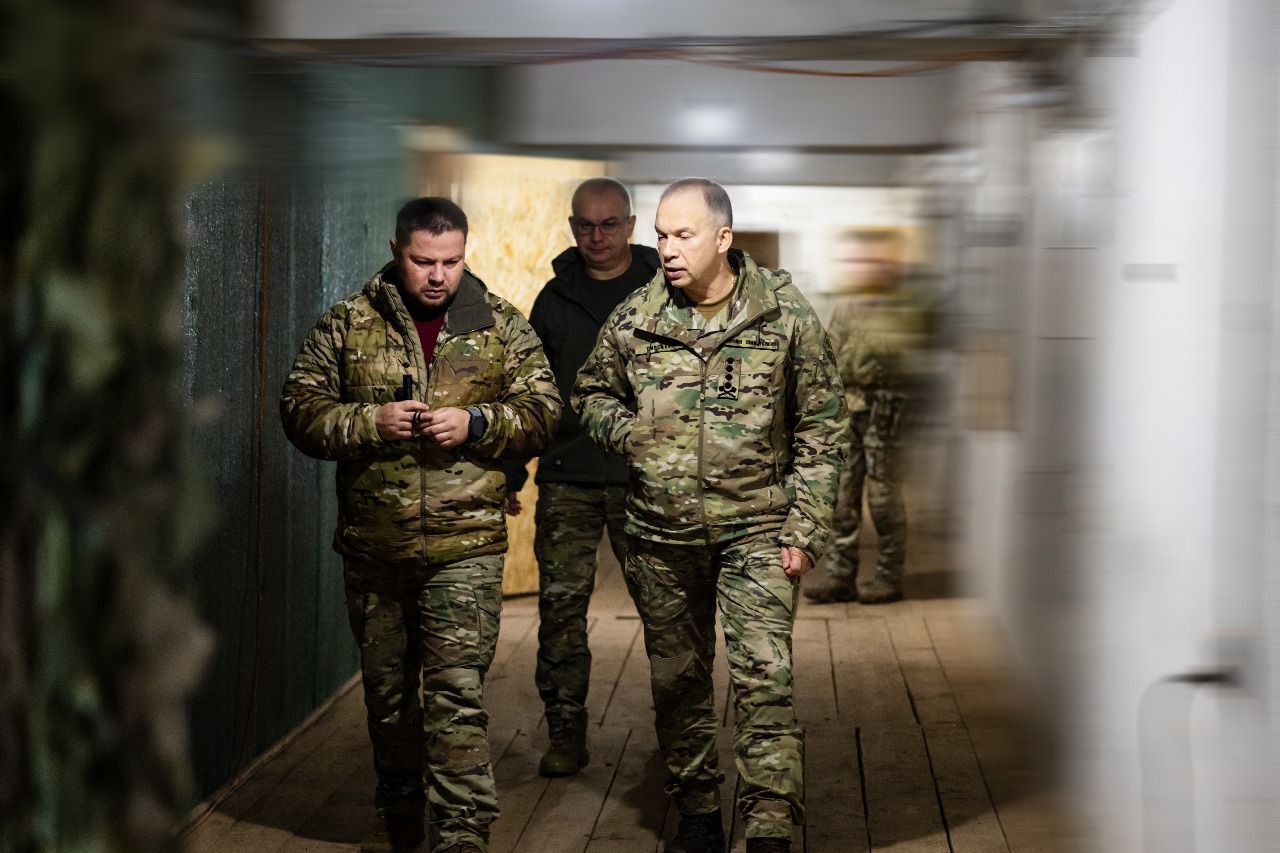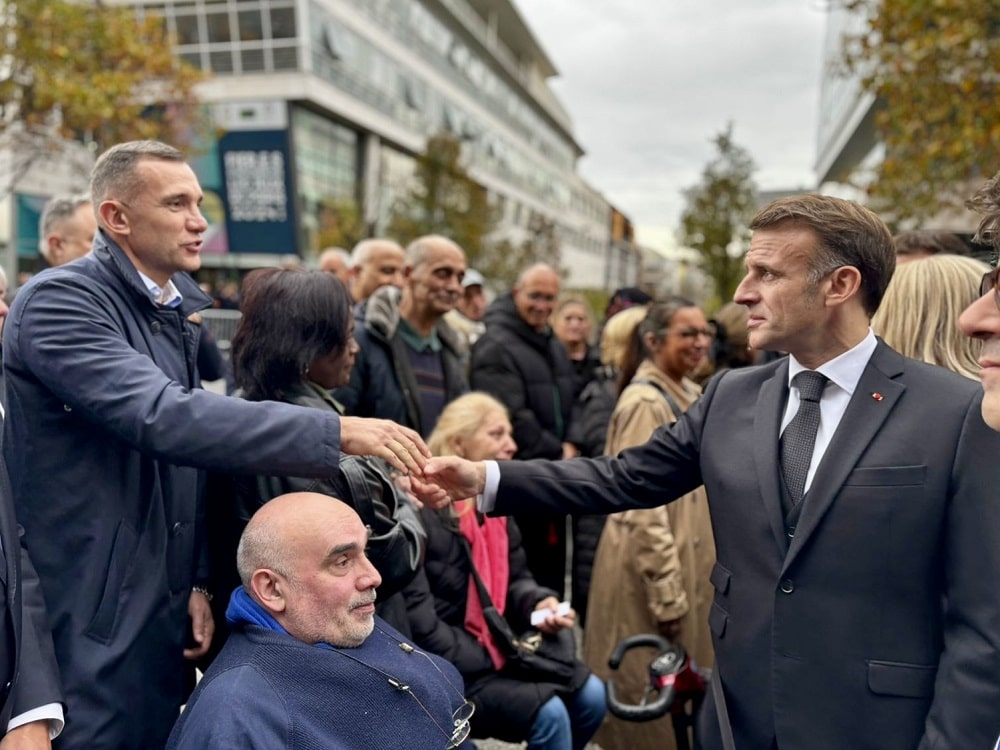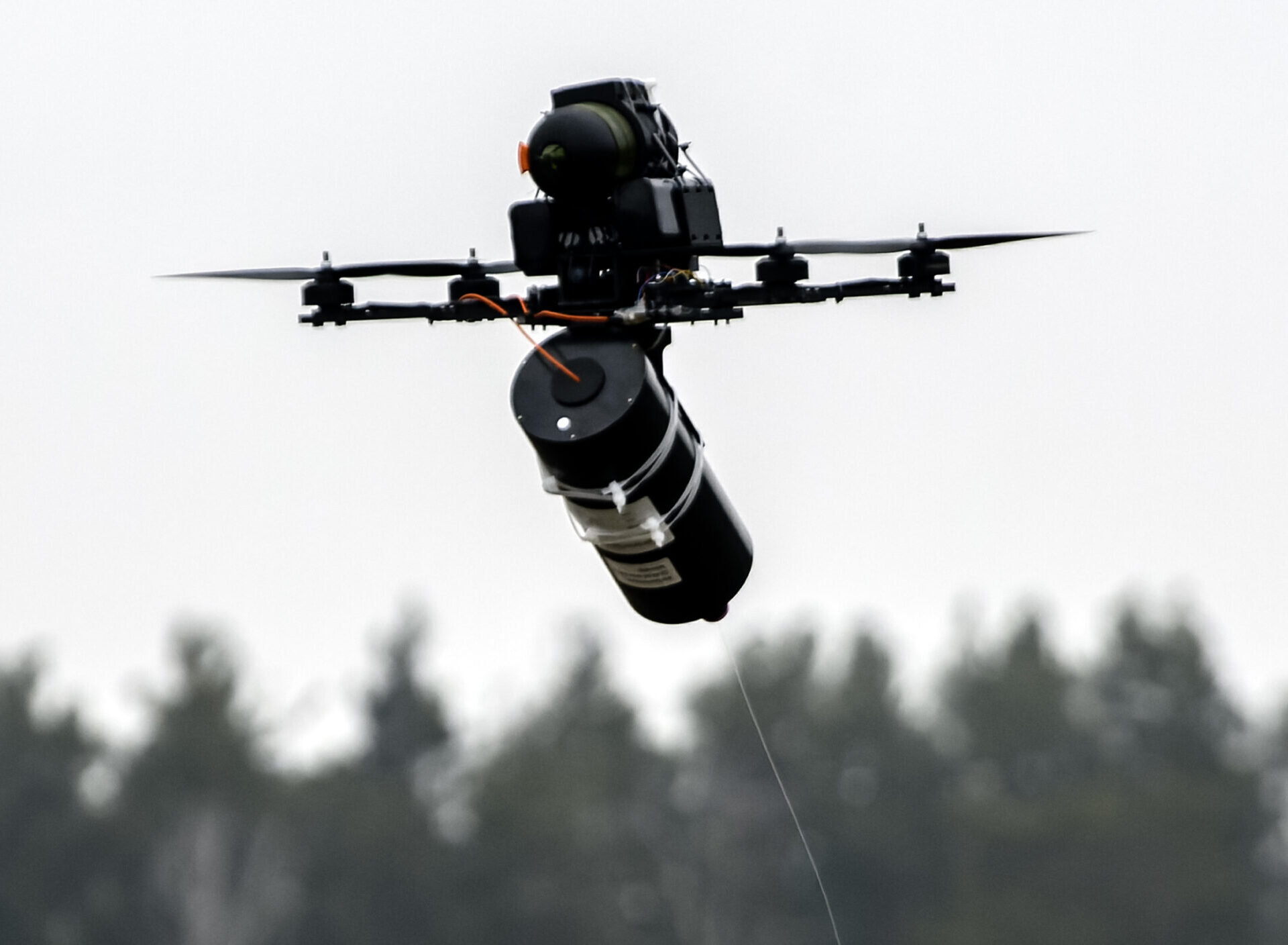By David Gendelman for Radio Liberty
The Russians continue applying pressure and slowly making gains on all active fronts, just as they have done so far: Kupiansk, Lyman, Kostyantynivka, Pokrovsk, Novopavlivka, and Zaporizhzhia. There are no main strike directions anymore; it’s pressure everywhere. The same goes for reserves: there is no information about the assembly of any strategic “punch” or “Siberian divisions” in the rear. Operational and tactical reserves exist at the level of individual groupings, and each grouping uses them for local reinforcement.
Exactly a year ago, we discussed on your broadcast the possibility of an operational crisis around Pokrovsk and the likelihood of it being captured by the end of the year. Now, a year later, we are again discussing whether the Russians will take Pokrovsk by year-end. This clearly shows how slowly Russian advances are progressing.
The breakthrough in Dobropillia is important not by itself but as a symptom. The shortage of Ukrainian forces leads to low operational density and creates opportunities for small enemy units to infiltrate; where defenses are thin, breaches occur.
The Russians expected a Ukrainian offensive on the Lyman direction. On August 29, however, we only saw small attacks by “Azov”—a company here, a company there—generally without results. If there had been tactical success, it might have been expanded, but there was nothing to develop. We’ll see if more substantial Ukrainian attempts occur there.
Russian tactics have long relied on small assault groups, strikes on logistics, isolating the combat area, and infiltrations with flanking maneuvers. Nothing new has emerged recently. Thermal covers and other technical add-ons are just minor supplements to the overall method.
Both sides face many issues with ground robotic systems. Their main current use is in logistics, and even there, it’s not entirely smooth. Purely combat applications remain largely a dream; they exist, but only in a limited capacity.
The main problem for both sides is a shortage of manpower for such a front, which is why the war looks the way it does. It’s like boxers in a clinch, trying to land as many close-range blows as possible but unable to swing with full power due to lack of forces. For the Ukrainian forces, the shortage is more acute, so the Russian forces, though slow, continue to advance despite losses.









